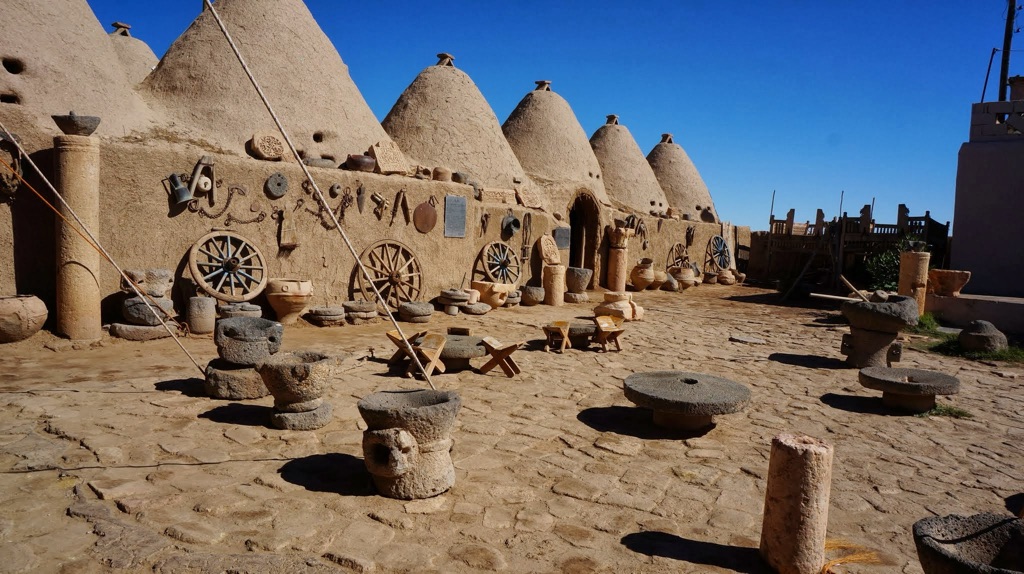Summary
Exploring the Unique Architecture
Harran’s beehive houses stand as a testament to human ingenuity and adaptation. These unique structures, with their conical domes, have been a feature of the region for centuries. Made from mud bricks, the beehive shape is not just for show. It provides a practical solution to the scorching heat of southeastern Turkey. The design keeps the houses cool in summer and warm in winter. Visiting Harran gives travelers a glimpse into an architectural tradition that has thrived in harmony with nature.
Get your dose of History via Email
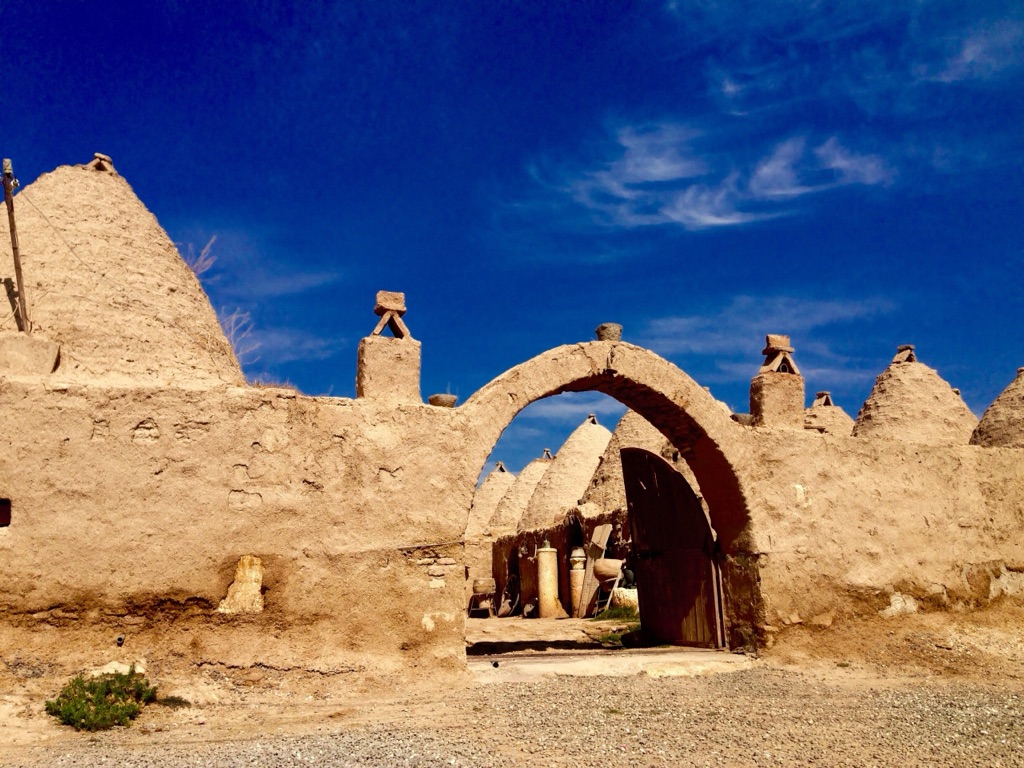
Cultural and Historical Significance
The beehive houses of Harran hold a cultural significance that extends beyond their practicality. They are a symbol of the town’s ancient roots, which go back to biblical times. Harran is mentioned in ancient texts and has been a hub of diverse cultures and religions. This historical depth adds a rich layer of context to the beehive houses. They embody the resilience and continuity of human settlements. By exploring these homes, visitors connect with a way of life that has endured for generations.
Harran Today: A Living Heritage Site
Today, Harran’s beehive houses serve as more than a historical curiosity. They are a living part of the community. Some locals still call these houses home, maintaining their traditional lifestyle. For tourists, Harran offers an authentic experience. It combines architectural marvels with a touch of everyday life in this historic town. For those seeking to immerse themselves in the region’s past while observing its present, a visit to the Harran beehive houses is indispensable.
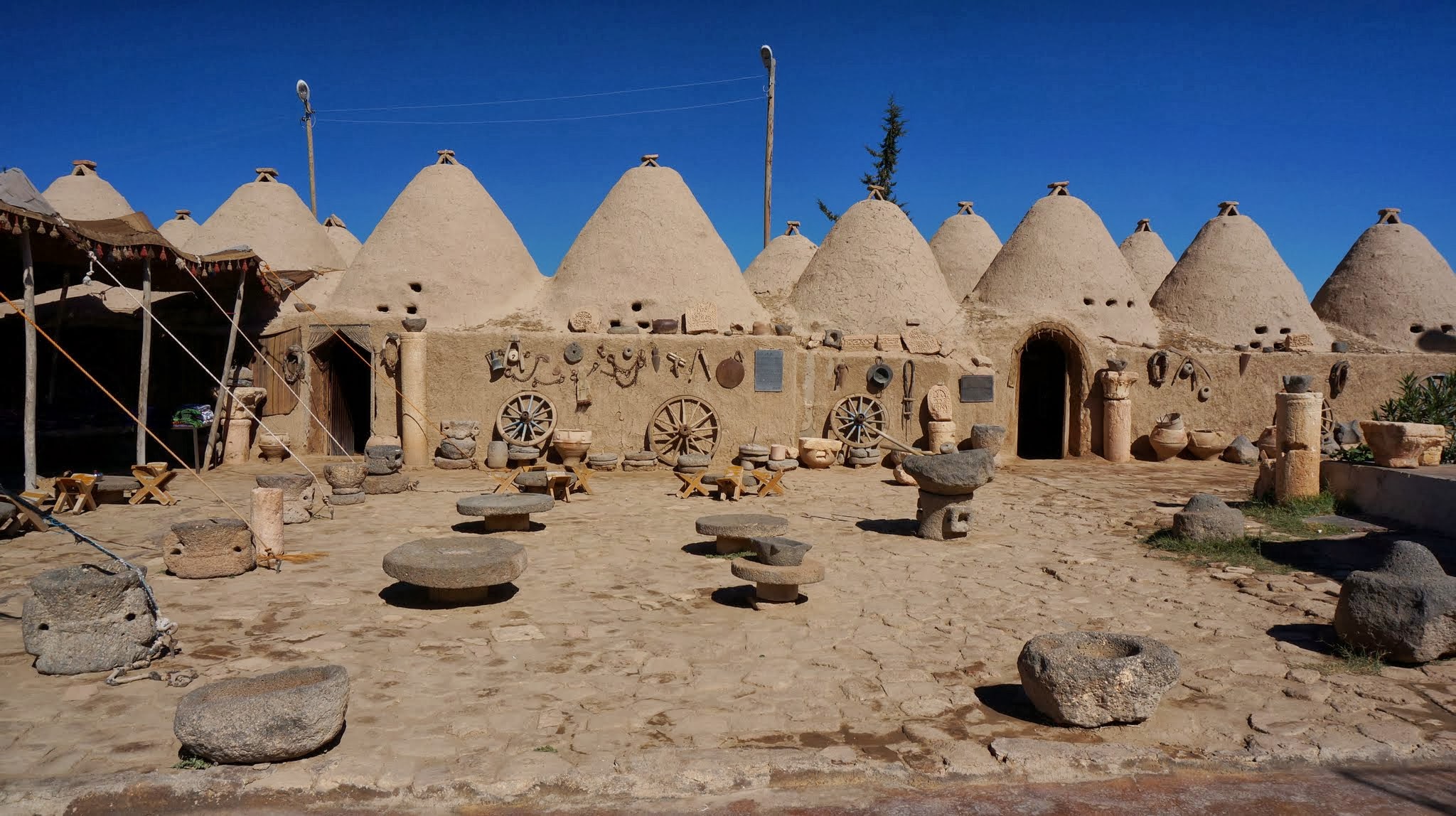
Historical Background of Harran Beehive Houses
The Origins of Beehive Design
The striking beehive houses of Harran date back to ancient times when practicality spurred innovation. The unique design of these homes, with their conical domes, started as a clever response to the area’s extreme climate. Built from locally sourced mud and straw bricks, the structures naturally insulated against the intense heat of southeastern Anatolia. This ingenious architecture has not only stood the test of time but also remains a hallmark of Harran’s cultural identity. Furthermore, the organic materials used reflect a past when sustainable building practices were a necessity, not a choice.
From Antiquity to the Present Day
Harran’s historical importance is deeply intertwined with its signature beehive houses. A former caravan city, Harran was an essential pivot point on trade routes and a melting pot of civilizations. The distinct beehive structures have been mentioned in historical accounts stretching back to the Assyrian period and beyond. Over millennia, these homes have borne witness to empires rising and falling, each leaving its imprint on the region’s character. Today, they continue to attract visitors, offering a living bridge to an incredibly rich and variant history.
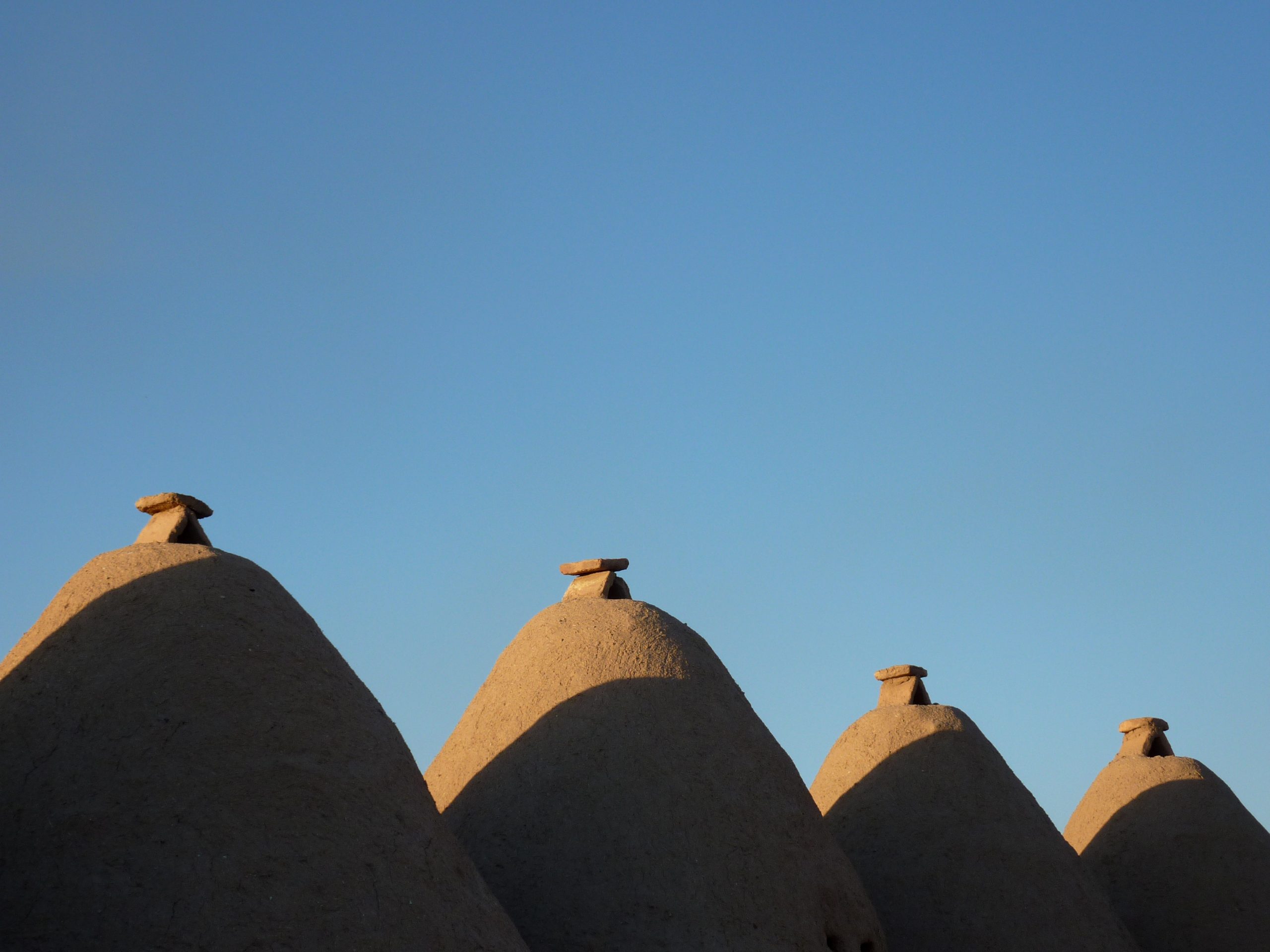
A Cultural Insight into Harran
Diving into the culture of Harran, the beehive houses symbolize a heritage that shapes local customs and life. As historical artifacts, they embody traditional building techniques passed down through generations. Visitors marvel at the simplicity and functionality that define everyday life in these mudbrick dwellings. The houses are not just remnants of the past; they are cherished elements of Harran’s contemporary landscape. In them, the past is alive, nurturing the inhabitants’ connection to their roots and their ancestors’ wisdom.
Preserving Harran’s Architectural Legacy
The preservation of Harran’s beehive houses is crucial for maintaining the town’s historical narrative. Restoration initiatives have begun to ensure the longevity of these architectural treasures. It is a delicate balance of safeguarding both the physical structure and the intangible heritage they represent. Preserving these houses helps sustain the living memory of Harran, allowing future generations to experience the tangible reality of history and culture etched within these walls.
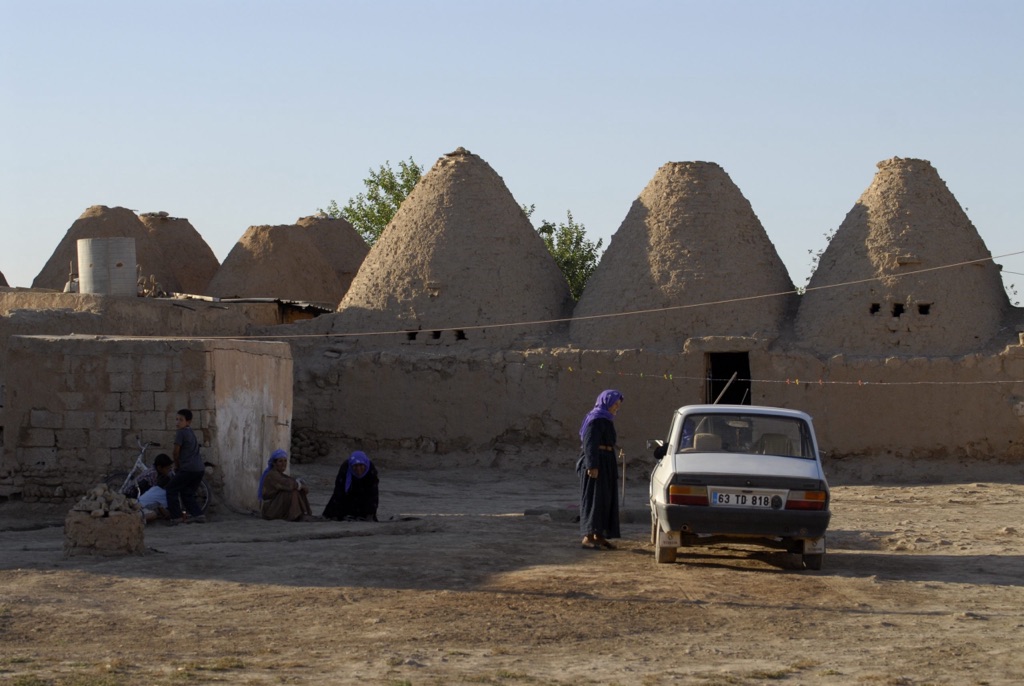
Harran’s Beehive Houses as a Tourist Attraction
As interest in unique cultural and historical experiences grows, Harran’s beehive houses have become a destination for global travellers. They come seeking not only the sight of otherworldly architecture but also the authentic connection to a way of life that thrives alongside history. A journey to Harran is complete with stories wrapped within the curves of beehive rooftops. It offers an immersive step into a world where the threads of past and present intertwine, creating a vibrant tapestry of human heritage.
The Discovery of Harran Beehive Houses
Uncovering the Ancient Architecture
The Harran beehive houses were not discovered in the conventional sense, as they were never hidden or lost to history. Instead, they have been continuously inhabited for potentially thousands of years. These ancient abodes caught wider attention as early educational and exploratory travel in the region increased. Scholars and travellers became enamored with the odd, yet charming, conical designs whose origins seemed as old as time itself.
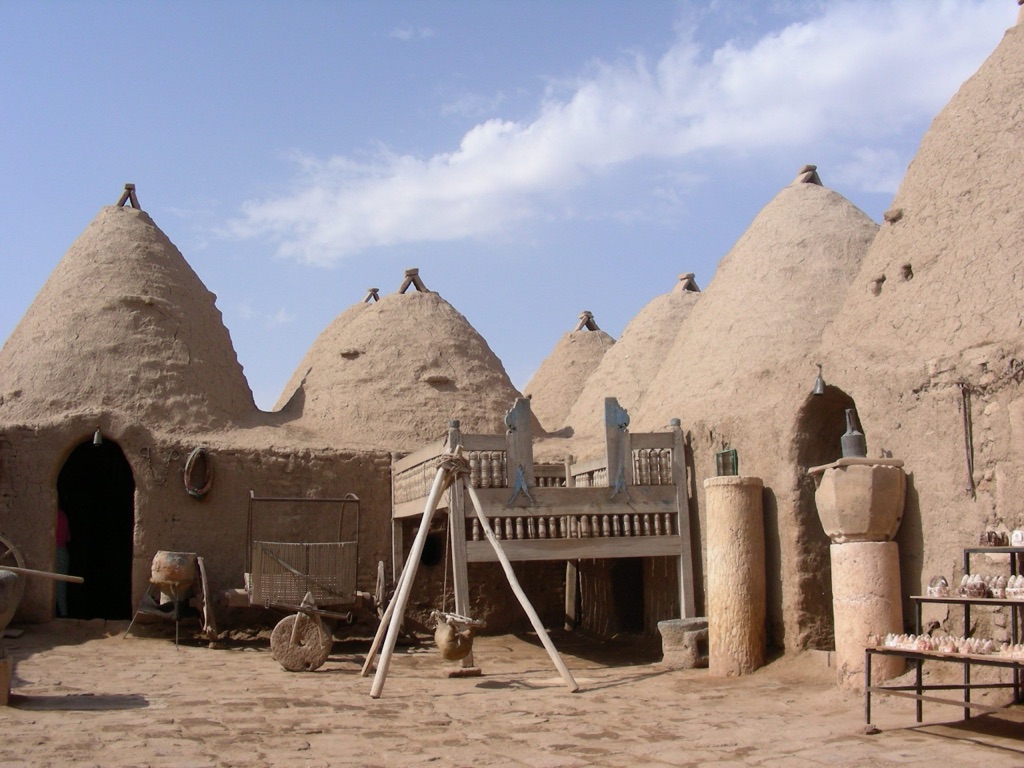
Archaeological Interest in Harran
Archaeologists and historians took a professional interest in the beehive houses during various excavations in the 20th century. While exploring the region’s rich history, they documented the houses as significant examples of vernacular architecture. Harran’s beehive homes were soon noted for their unique contribution to the cultural and historical tapestry of Southeastern Anatolia. Notably, they remain a rare living vestige of building traditions often seen in ancient human settlements.
Increased Academic Recognition
The resurgence of interest in the structures can be attributed, in part, to the houses featuring in academic research and literature. Through these channels, the beehive houses received greater recognition for their historical, architectural, and anthropological value. Conferences and symposiums drew experts worldwide, thrusting the Harran beehive houses into the academic limelight. Thereafter, they became a case study for sustainable architecture and historical continuity.
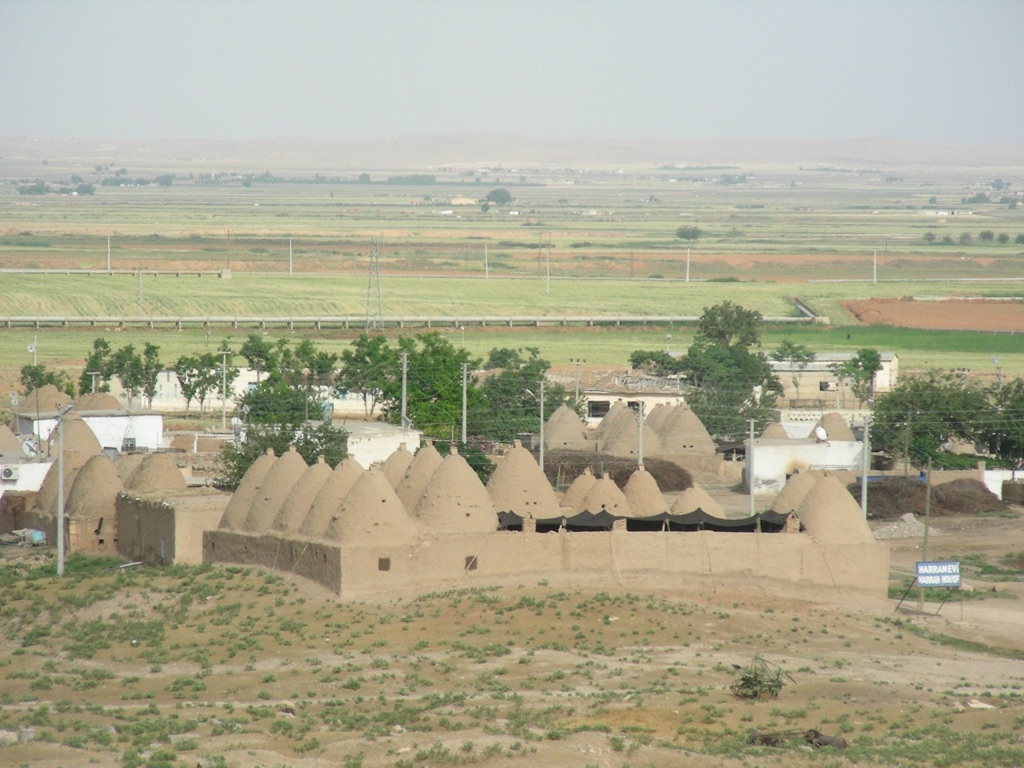
Promoting Harran’s Beehive Houses
Recognizing the cultural heritage importance of the Harran beehive houses, Turkish authorities and international heritage organizations began promoting them. Efforts were made to preserve them and introduce them to a wider audience. Special programs highlighted the architectural masterpieces, underlining their need for protection. Such initiatives have educated the public at large, sharing the story of these houses and their continued relevance today.
Impact on Tourism and Preservation
The increased awareness of the Harran beehive houses has had a positive effect on local tourism. Enthusiastic visitors come to witness the houses, leading to a better appreciation and local economic boost. Simultaneously, this attention has amplified the calls for preservation. Authorities have been urged by both national and international advocates to sustain the region’s unique heritage. As a result, these homes represent not only a past way of life but also the enduring spirit of Harran’s people.
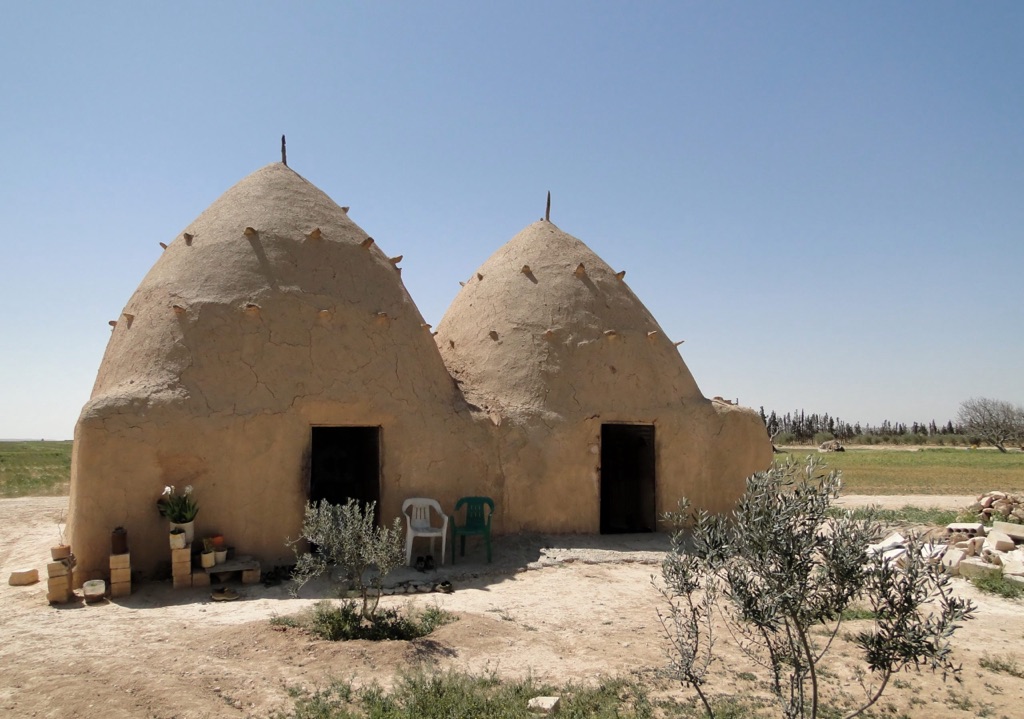
Cultural Significance, Dating methods, Theories and Interpretations
The Cultural Impact of Harran’s Beehive Houses
The beehive houses of Harran are a profound representation of the region’s cultural legacy. For generations, these structures have symbolized the deep adaptive relationship between humans and their environment. The way these houses are designed, integrating living spaces with storage and areas for animals, mirrors communal values and a harmonious way of life. They speak to the resilience of past societies and their ability to create sustainable homes in challenging climates.
Understanding the Age of the Beehives
Dating the beehive houses of Harran has been a combination of scientific and historical approaches. Researchers have used relative dating methods, comparing architectural styles with those of known periods. Meanwhile, carbon dating of the organic materials used in the mud bricks has provided approximate ages. Yet, there is no definitive consensus on the exact timeline, as the continuous occupation and renovation of the houses over the centuries complicates matters. This ongoing discussion enriches the historical narrative of Harran.
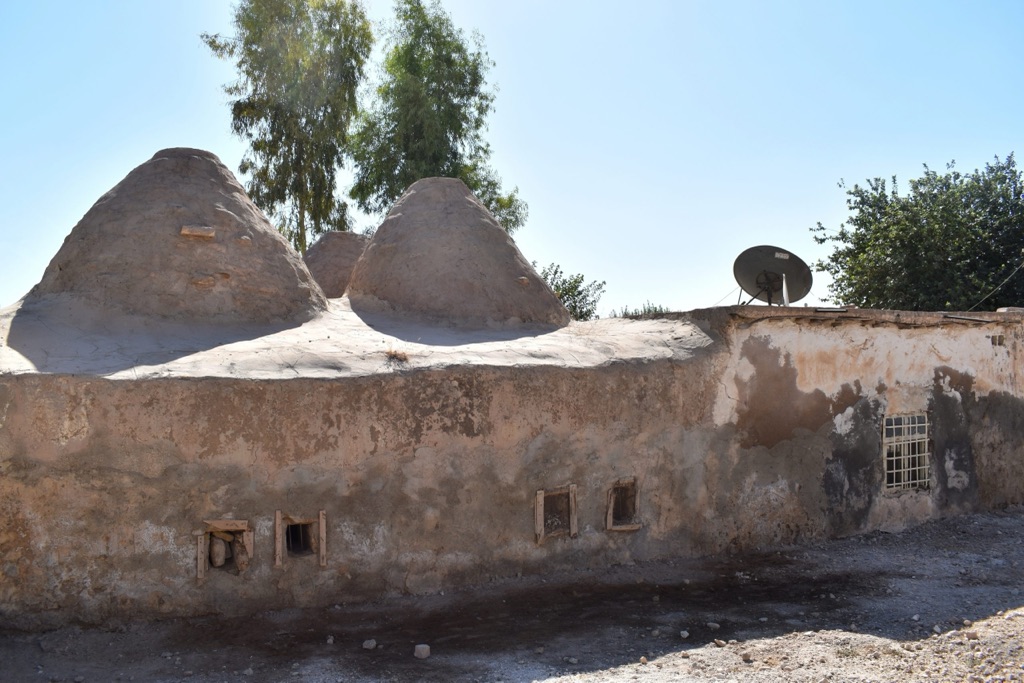
Theories Behind the Unique Design
Several theories exist as to why the Harran beehive houses were built with their characteristic conical domes. Some suggest the shape is spiritually significant, linking it to ancient religious practices. Others argue it is purely functional, developed as an efficient way to deflect heat and remain durable in an earthquake-prone area. Diverse interpretations of this architecture highlight the layers of mystery that still shroud these historic structures.
Interpreting the Spiritual Significance
Interpretations of the spiritual significance of the beehive houses point to Harran’s historical position as a center for several religions. The domed rooftops may have symbolized the heavens, reflecting the celestial focus of the area’s ancient inhabitants. Archaeological finds, such as religious artifacts in proximity to the houses, bolster these claims. These interpretations add a fascinating dimension to our understanding of the beehive houses, inviting a deeper reflection on the spiritual life of the people who built them.
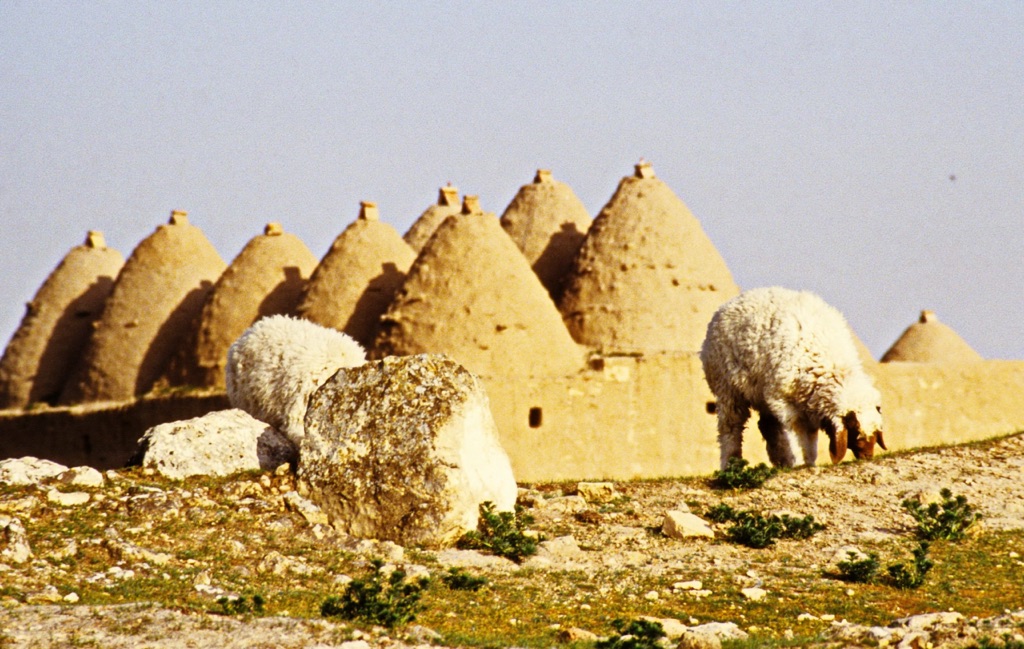
Crafting a Modern Understanding
The study of Harran’s beehive houses is an ongoing journey. As new archaeological techniques emerge and more historical texts are translated, our understanding evolves. This fusion of ancient craftsmanship with modern science continues to shed light on the rich history of Harran. It is a testament to human curiosity and our desire to connect with the past. Each interpretation and theory uncovers new facets of the beehive houses, ensuring their enduring relevance in the chronicle of human civilization.
Conclusion and Sources
The Harran Beehive Houses serve as an extraordinary link to our past, embodying the resilience and ingenuity of human architecture in harmony with nature. They highlight the intersection of cultural, environmental, and social factors in the evolution of sustainable living spaces. As a beacon of historical continuity, the beehive houses remain a living testament to the endurance and adaptability of ancient communities. Continued interest and research into these homes will surely provide further insights into the rich tapestry of human history and the endless potential for architectural innovation.
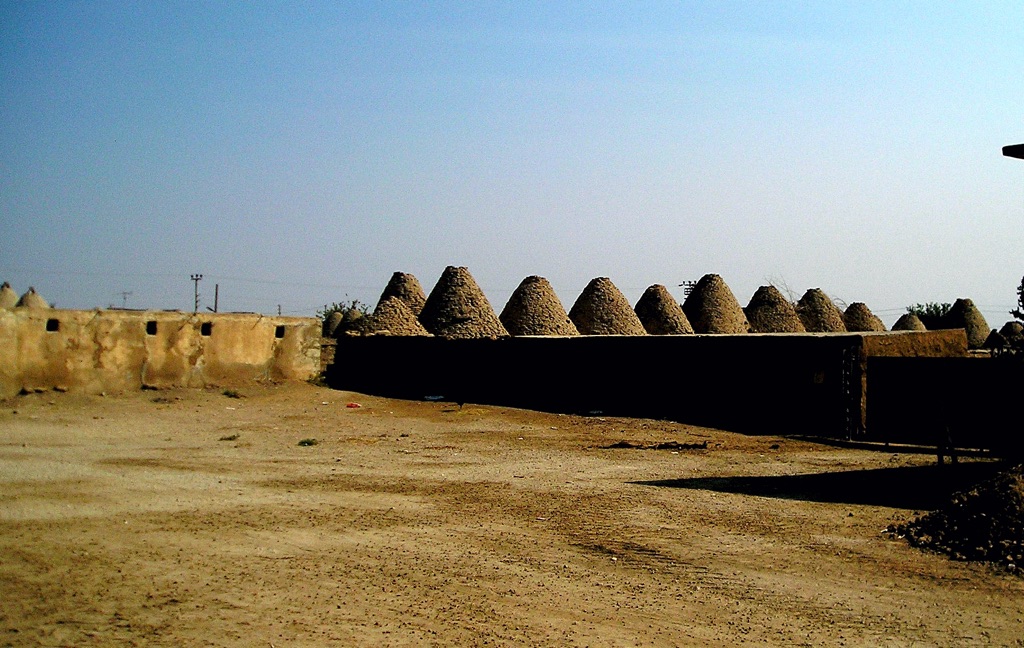
For further reading and to validate the information presented in this article, the following sources are recommended:
Or you can check any of these reputable archaeological and historical texts:
Akcakale, H. (2017). ‘Vernacular Architecture of Harran Houses.’ Environmental Design: Journal of the Islamic Environmental Design Research Centre.
Bal, M. (2015). ‘Rediscovering the Harran Beehive Houses: A Study of The Architecture and Its Tourism Potential.’ International Journal of Heritage Studies, 21(6), 567-585. doi:10.1080/13527258.2014.955812
Delgado, K. (2019). ‘Examining the Historical and Cultural Significance of Harran’s Beehive Structures.’ Near Eastern Archaeology, 82(3), 174-181. doi:10.1086/704673
Karadeniz, M. (2018). ‘Carbon Dating Analysis of Organic Materials in Harran Beehive Houses.’ Journal of Archaeological Science: Reports, 19, 454-460. doi:10.1016/j.jasrep.2018.03.010
Yilmaz, S. (2016). ‘The Living Experience of the Beehive Houses in Harran, Turkey: An Anthropological Study.’ Ethnoarchaeology, 8(1), 39-56. doi:10.1080/19442890.2016.1170025

